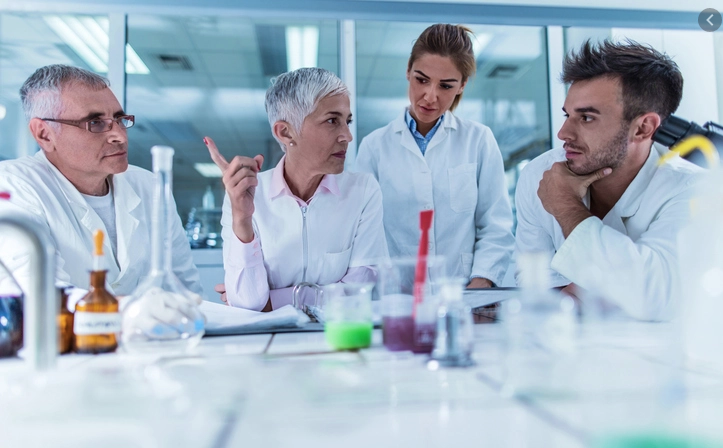
The unemployment rate in the United States is currently hovering around 15%, the worst since the Great Depression. Women, Hispanics, and African Americans have been especially hard-hit and employment in the hospitality and retail sectors has also seen a sharp decline. According to a study conducted in April by market research firm BioInformatics, a partner of The Science Advisory Board, scientists and researchers are also concerned about what the immediate future holds for their employment outlook.
Of the 1,178 participants in the BioInformatics study, 74% were academic researchers and 26% were pharmaceutical or biotech scientists. On a regional basis, 33% of participants were based in North America, 31% in Europe, 24% in Asia, and the remaining 12% were from various other locations around the world.
Although many scientists are classified as essential employees, there are many who are not— and whose livelihoods have been adversely affected during the last 2–3 months by state and local stay-at-home orders. Following the trend set by the U.S. National Institutes of Health, many programs classified as non-essential have been temporarily shut down. In addition, many scientific researchers rely on grants to conduct their research— a funding source that has been all but curtailed during the quarantine. Many researchers have indicated that funds previously used to fund their ongoing studies have been diverted to maintain current animal studies and to pay core staff.
Today, approximately three months from the initial stay-at-home orders, many labs remain closed. The situation has especially dire implications for academic scientists, only 10% of whom responded that their labs were fully operational. More than 56% of academic laboratories remain affected— many more than pharmaceutical or industry laboratories, 27% of which are still closed. Of the remaining 612 labs that are partially or fully operational, 32% conduct research related to infectious diseases, compared with 68% that are not involved in infectious disease research. Surprisingly, a full 71% of research labs dedicated to infectious disease research report running at reduced capacity.
The productivity of those labs who have remained open has been adversely affected by physical distancing and other public health measures put in place to slow or minimize the spread of the highly contagious coronavirus. Unlike many industries who have been able to stay connected through video conferencing platforms like Zoom and GoToMeeting, this alternative has been far less effective in sustaining the collaborative efforts of scientists and researchers engaged in multidisciplinary projects
In April, according to the rating scale on the initial survey, scientists indicated that their work had been severely affected by the COVID-19 pandemic. A significant number of survey participants indicated that a severe economic downturn directly resulting from the outbreak would limit their ability to work. When broken down by research focus, infectious disease researchers working at operational labs reported slightly less concern over their ability to work than did their colleagues at academic labs or those involved in other types of research.
Very few areas of modern life have remained untouched by the pandemic, and the livelihoods of scientists and researchers are no exception. However, despite their current concern about how the pandemic and related economic crisis will affect their employment in the short-term, most expect to get back to conducting their research after the crisis passes. According to the recently updated U.S. Bureau of Labor Statistics’ Occupational Outlook Handbook, updated last September, epidemiologists, medical, biological, and clinical laboratory technologists and technicians, biochemists and biophysicists, microbiologists, and medical and research scientists are and will continue to be among the fastest-growing jobs between now and 2028.

